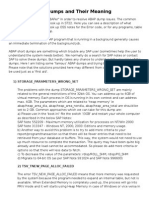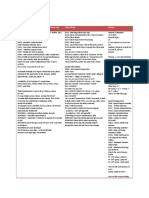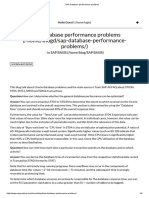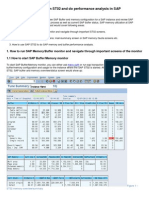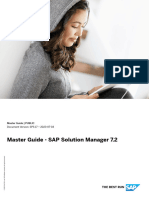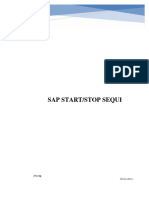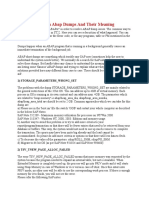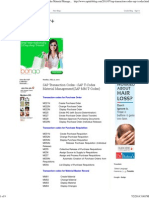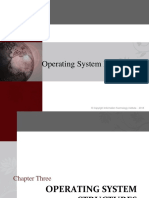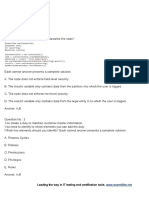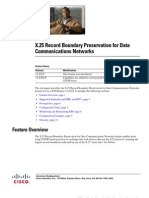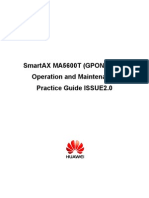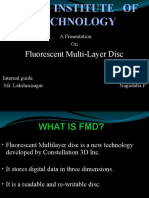0% found this document useful (0 votes)
2K views13 pagesCommon ABAP Dumps (ST22) and Troubleshooting in SAP
The document provides explanations for 12 common ABAP dumps (ST22 errors) in SAP systems:
1) STORAGE_PARAMETERS_WRONG_SET is related to 32-bit OS memory limitations and can be addressed by migrating to a 64-bit OS or adjusting memory parameters.
2) TSV_TNEW_PAGE_ALLOC_FAILED means more memory was requested than available and references SAP notes on memory analysis.
3) TSV_TNEW_OCCURS_NO_ROLL_MEMORY means the roll buffer was exhausted and the size can be increased with parameters if sufficient disk space is available.
Uploaded by
atu1981Copyright
© © All Rights Reserved
We take content rights seriously. If you suspect this is your content, claim it here.
Available Formats
Download as DOCX, PDF, TXT or read online on Scribd
0% found this document useful (0 votes)
2K views13 pagesCommon ABAP Dumps (ST22) and Troubleshooting in SAP
The document provides explanations for 12 common ABAP dumps (ST22 errors) in SAP systems:
1) STORAGE_PARAMETERS_WRONG_SET is related to 32-bit OS memory limitations and can be addressed by migrating to a 64-bit OS or adjusting memory parameters.
2) TSV_TNEW_PAGE_ALLOC_FAILED means more memory was requested than available and references SAP notes on memory analysis.
3) TSV_TNEW_OCCURS_NO_ROLL_MEMORY means the roll buffer was exhausted and the size can be increased with parameters if sufficient disk space is available.
Uploaded by
atu1981Copyright
© © All Rights Reserved
We take content rights seriously. If you suspect this is your content, claim it here.
Available Formats
Download as DOCX, PDF, TXT or read online on Scribd
/ 13
